
A Short Background on the Nikon D60
What you’ll get: The context of how the Nikon D60 arrived on the scene, and why it still matters today.
Released in 2008, the Nikon D60 was designed as an entry-level DSLR for those moving up from compact cameras. Bundled with the AF-S DX 18-55mm f/3.5-5.6 kit lens, it gave beginners their first taste of interchangeable lenses and manual settings. Fast forward to today, it holds a second life as a simple and affordable second-hand option.
When I first picked up a DSLR after years of smartphones, the tactile dials and ability to shoot RAW felt like discovering photography all over again. That’s the kind of leap the D60 still inspires.

Key Technical Characteristics That Still Matter
What you’ll get: The specifications that keep the Nikon D60 a solid creative tool in 2025.
CCD Sensor Charm
The D60 features a 10.2MP CCD sensor. While modest by today’s standards, CCDs are admired for their rich, film-like color rendering—something many modern CMOS sensors don’t replicate the same way.
Core Specs
- ISO 100–1600 range, most comfortable in bright to moderate light.
- 3-point autofocus system, sufficient for portraits and still subjects.
- A true stills-only camera with no video distractions.
When limited by a simple autofocus system, I found myself slowing down, composing more carefully, and truly improving my technique.

Who Benefits from the Nikon D60 in 2025?
What you’ll get: A profile of photographers who will find the D60 rewarding today.
The D60 kit remains an excellent teacher. It’s particularly beneficial for beginners, budget-conscious learners, photographers interested in the signature “CCD look,” or film shooters looking for a digital companion that retains a slower pace.
I’ll never forget the moment shutter speed, aperture, and ISO all connected in my mind—that’s the kind of learning curve a D60 encourages.

Creative Uses for the D60 Today
What you’ll get: Inspiring use-cases for making the most of this so-called obsolete DSLR.
With its compact 18-55mm kit lens, the D60 remains light enough for street photography. The CCD’s highlight roll-off makes portraits especially flattering, while its simplicity makes it good for workshops and travel photography in daylight.
I once brought an “outdated” DSLR on a trip and ended up shooting some of my favorite street portraits—it reminded me that good images aren’t about gear age.
Second-Hand Buying Guide for the Nikon D60
What you’ll get: Practical steps to ensure your second-hand Nikon D60 purchase is reliable.
Checklist when buying second-hand
- Verify shutter count (rated up to 100k; under 20k is common).
- Inspect mirror and sensor for dust or oil.
- Check lens glass, zoom, and autofocus smoothness.
- Confirm the presence of charger and working battery.
Finding a D60 in a thrift shop once felt like uncovering hidden treasure—it’s those surprises that make second-hand shopping memorable.

Conclusion: Is the Nikon D60 Kit Worth It?
What you’ll get: A final word on the relevancy of the Nikon D60 kit in 2025.
The Nikon D60 + 18-55mm kit isn’t cutting edge, but it delivers fundamental lessons and a distinctive CCD rendering that still appeals. For under €100, it becomes a low-stakes tool for learners and creatives alike that continues to spark meaningful photography journeys.
Some tools stay with you not for their specs, but for how they made you slow down, observe, and create.
Quick decision
- Great for those who value simplicity in learning photography.
- Best as a second-hand, affordable backup or starter kit.
- Unique CCD look makes it stand out creatively.
- Not suitable for heavy low-light or fast action work.
Pros
- Affordable entry to DSLR photography.
- Charming CCD color output.
- Lightweight and simple to use.
- Encourages mastering fundamentals.
Cons
- No video capabilities.
- Limited ISO range for night work.
- Basic autofocus with only 3 points.
- Uses older battery system.
FAQs
Is the Nikon D60 good for learning photography in 2025? Yes, it forces users to master the exposure triangle without advanced automation.
Does the Nikon D60 still produce good image quality? Its 10.2MP CCD sensor delivers charming colors and can handle prints up to A3, though it struggles in low light.
What should I check before buying a second-hand Nikon D60? Inspect shutter count, lens condition, sensor cleanliness, and ensure the kit comes with battery and charger.
Can I use modern Nikon lenses on the D60? Yes, modern AF-S F-mount lenses autofocus correctly. Other lenses may need manual focus, and adapters work for mirrorless systems.
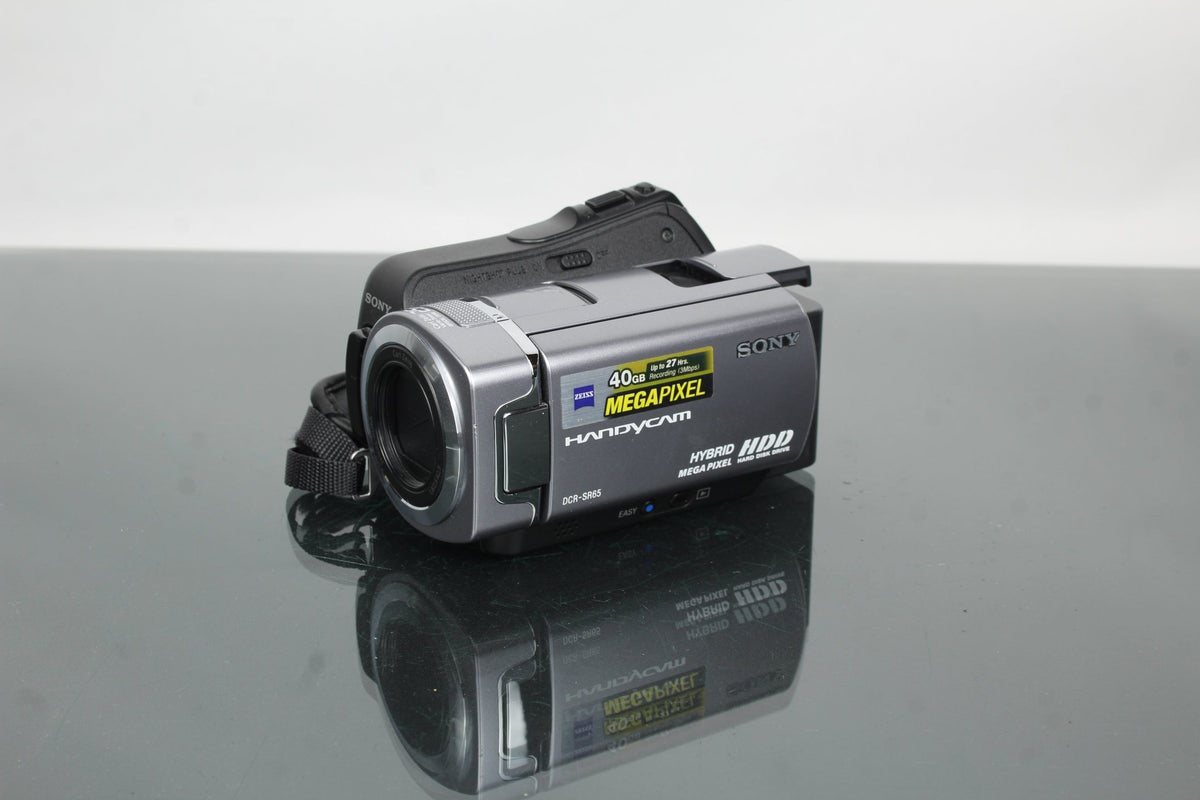
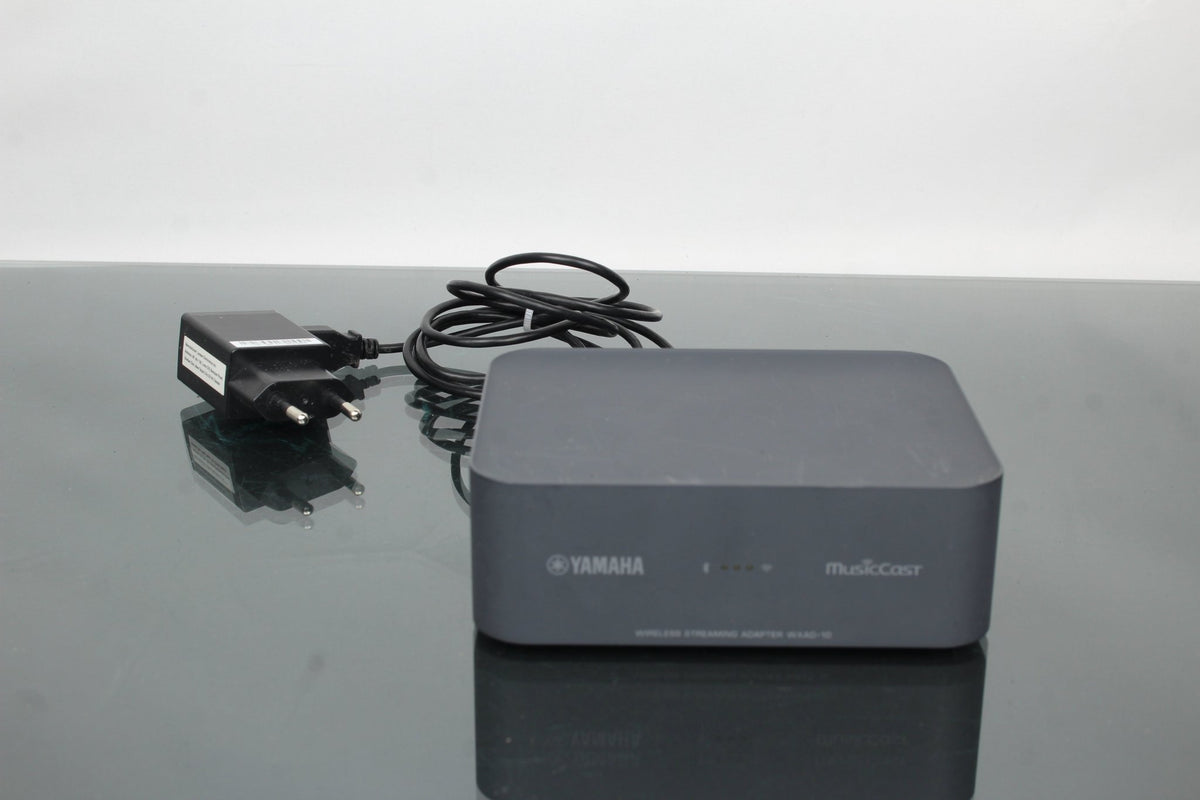
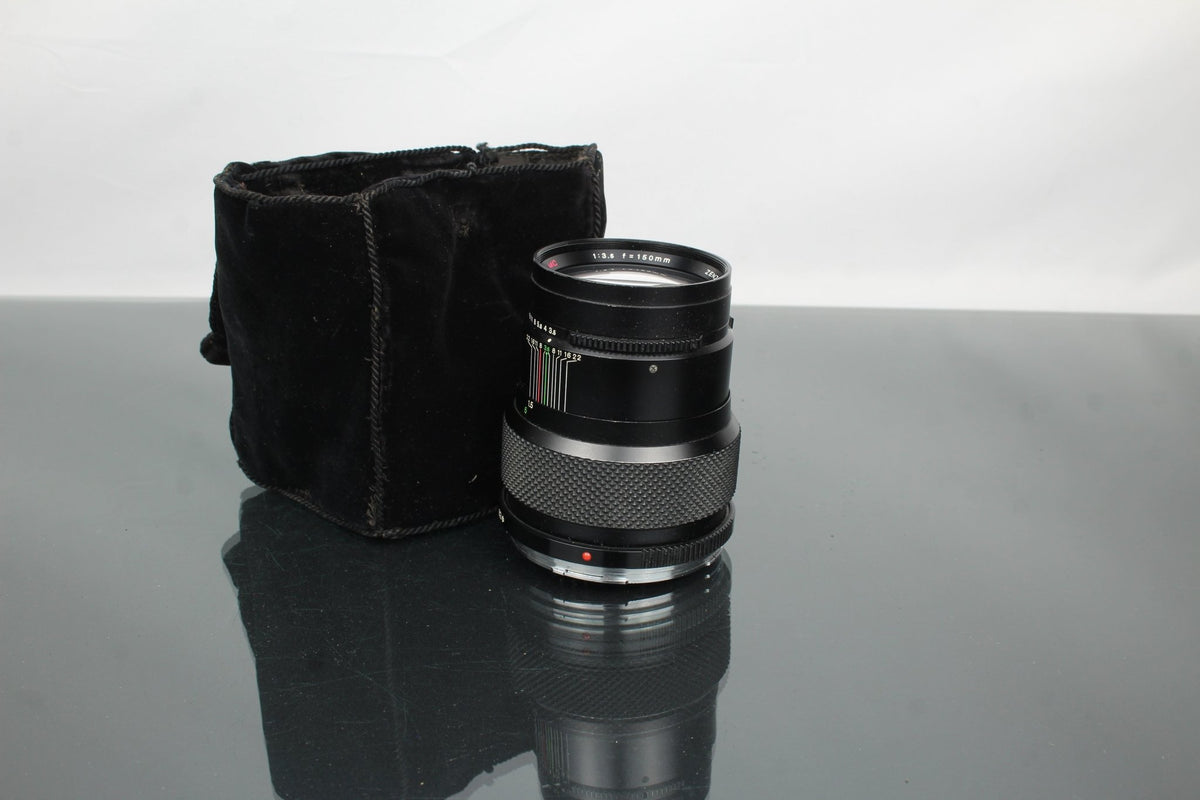
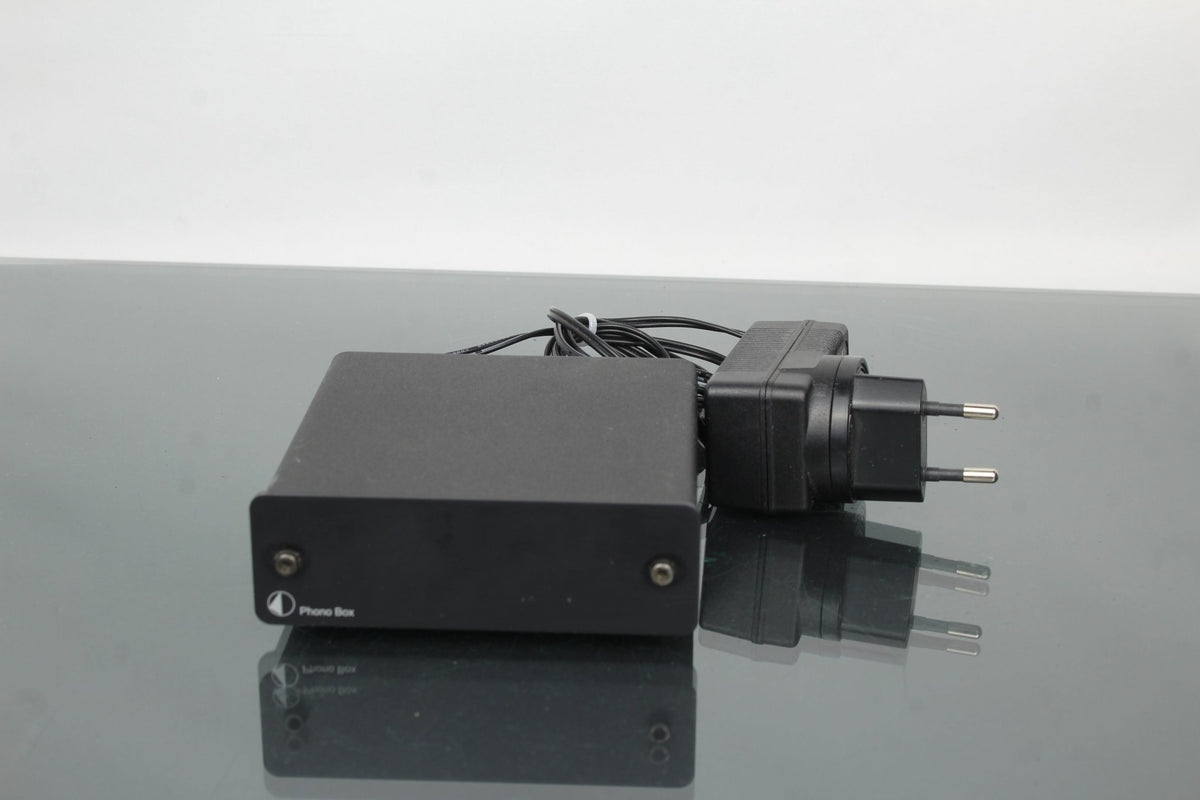





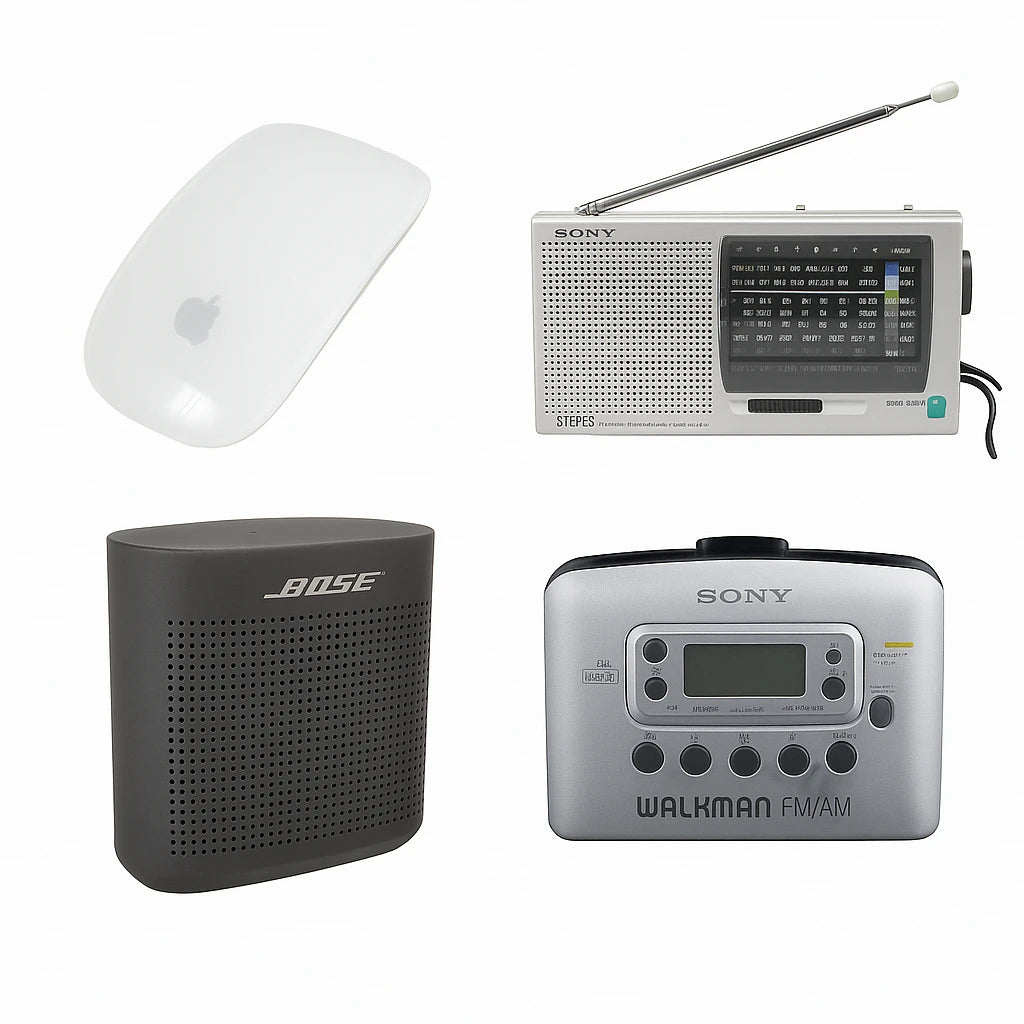
0 comments